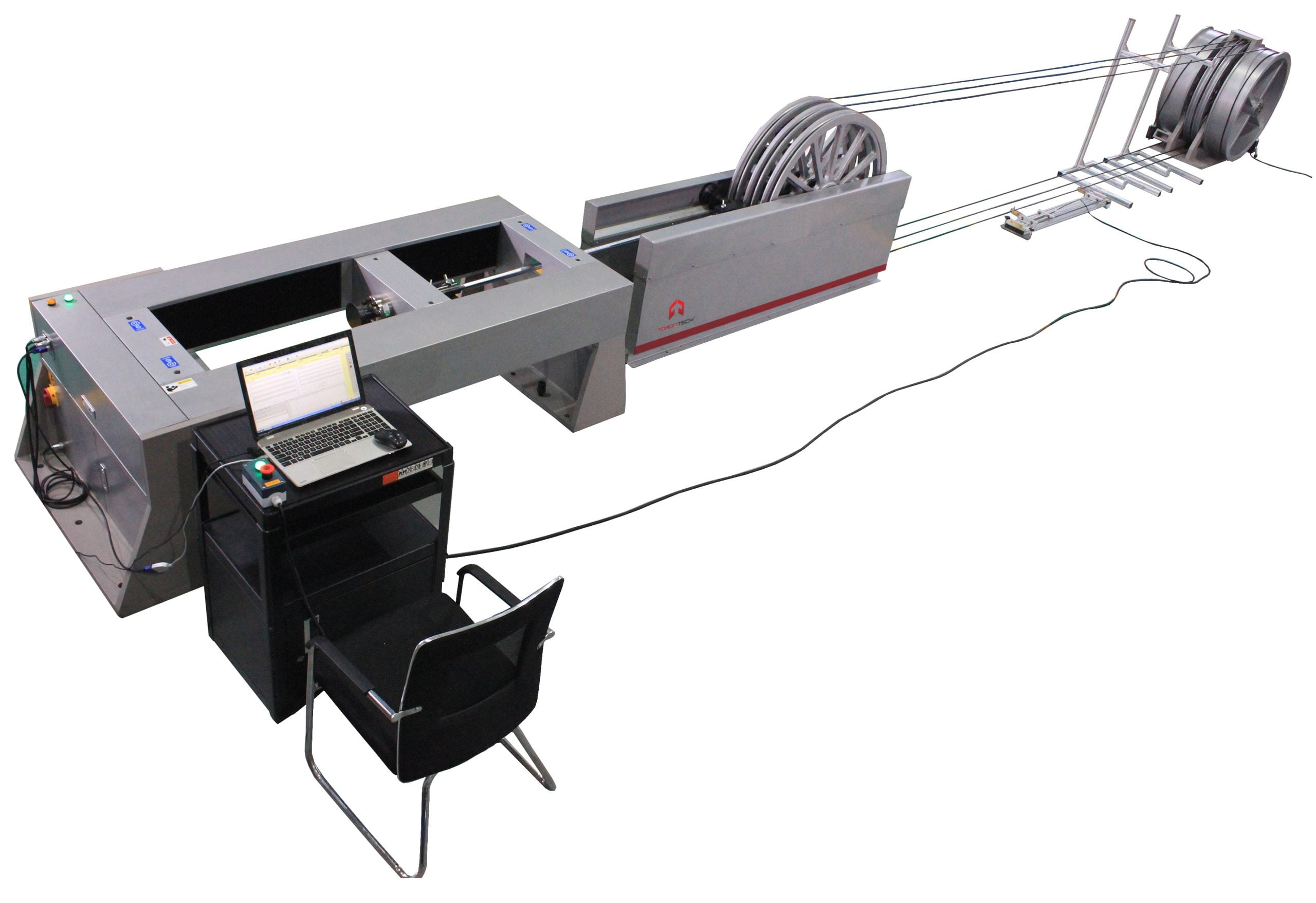A comprehensive overview to robotic vision in smart factories
All You Required to Understand About Robotic Vision and Its Applications in Advanced Optical Dimension Systems
Robotic vision represents a substantial innovation in the crossway of computer system vision, expert system, and machine understanding. This modern technology enhances the accuracy of optical measurement systems, allowing real-time information analysis and enhanced quality assurance. Its impact covers multiple industries, from manufacturing to healthcare. The advancing landscape of robot vision increases questions concerning future abilities and applications. What innovations exist in advance in this transformative field?
Recognizing Robotic Vision: Secret Concepts and Technologies
Robotic vision encompasses the modern technologies and methods that allow makers to analyze and recognize aesthetic information from their setting. This field combines elements of computer vision, expert system, and artificial intelligence to help with automatic decision-making based on aesthetic information. Key concepts consist of photo handling, which entails the enhancement and evaluation of pictures to extract meaningful attributes, and object acknowledgment, which allows machines to recognize and categorize things within a scene.

The Integration of Robotic Vision With Optical Measurement Equipments
As markets increasingly require precision and efficiency, the combination of robotic vision with optical measurement systems has emerged as a transformative approach. This harmony permits robots to regard and translate their surroundings, boosting the ability of optical dimension systems to analyze and evaluate items with unequaled accuracy. By equipping optical sensing units with sophisticated imaging modern technologies, robotic vision allows real-time data collection and handling, assisting in prompt modifications to dimension specifications.
The combination encourages automated systems to discover variants in measurements, surface quality, and alignment, which are vital in quality control processes. Improved formulas, such as equipment discovering, additional increase this assimilation by boosting the systems' capability to adjust to various atmospheres and situations. Consequently, the integration not just streamlines measurement processes yet also reduces mistakes, making sure that products satisfy strict market criteria, thereby strengthening the duty of robot vision in the future of optical measurement systems.
Applications of Robotic Vision in Manufacturing
In modern production atmospheres, using vision systems has changed manufacturing processes by making it possible for devices to do jobs with exceptional accuracy and rate. Robotic vision systems are significantly used for top quality control, where they check items for issues and guarantee adherence to specs. These systems make use of electronic cameras and progressed algorithms to assess products in real-time, substantially decreasing the threat of human mistake.
Additionally, robotic vision promotes automation in setting up lines, permitting robots to properly recognize components and construct them with marginal downtime. This technology also enhances inventory administration, as vision systems can monitor stock levels and identify discrepancies, ensuring a smooth supply chain.
Robotic vision aids in the application of wise factories, where data from vision systems can be incorporated with other technologies to enhance process (fibre testing equipment). Generally, the applications of robot vision in making show its important find duty in boosting efficiency, quality, and performance across different fields
Robotic Vision in Healthcare: Changing Person Care

In rehabilitation, robot vision help in monitoring client progress and customizing therapy sessions to private demands. It sustains medical professionals by automating tasks such as information collection and person surveillance, permitting for even more time to concentrate on direct client communication. Furthermore, robot vision boosts telemedicine by allowing remote diagnosis and digital consultations, bridging the void between clients and doctor. Overall, the application of robotic vision in healthcare is transforming individual treatment, causing improved end results, effectiveness, and individual complete satisfaction.
Future Trends and Advancements in Robotic Vision Technology
The quick advancement of robot vision modern technology promises to additionally improve its applications throughout numerous fields, consisting of medical care. Future fads show a considerable shift in the direction of including expert system and maker learning, making it possible for systems to pick up from vast datasets and boost accuracy in time. Boosted sensor modern technologies and deep learning algorithms are anticipated to refine object acknowledgment abilities, permitting robots to translate complex settings better.

The integration of enhanced truth (AR) with robot vision will likely reinvent exactly how robots help in surgical treatments and diagnostics. This synergy will certainly help with real-time data visualization, enhancing decision-making processes. great post to read Additionally, miniaturization this hyperlink of elements will certainly bring about more compact and versatile robotic vision systems appropriate for a variety of tasks. As these innovations unfold, markets will witness raised automation and effectiveness, solidifying robotic vision as a cornerstone of ingenious technical solutions.
Often Asked Inquiries
What Are the Key Elements of a Robotic Vision System?
The primary components of a robotic vision system consist of electronic cameras for photo capture, processors for data evaluation, algorithms for interpretation, and actuators for activity. With each other, these components make it possible for robotics to view and interact with their setting properly.
Just How Does Robotic Vision Improve Precision in Measurements?
Robotic vision enhances measurement precision by using advanced imaging innovations, enabling accurate item discovery and spatial analysis. This ability reduces human mistake, enhances repeatability, and permits real-time changes, inevitably boosting general dimension dependability and performance.
What Industries Advantage Most From Robotic Vision Innovation?
Numerous markets benefit significantly from robot vision technology, consisting of production, healthcare, farming, and logistics. These markets use enhanced precision, efficiency, and automation, bring about enhanced productivity and reduced functional prices in their respective processes.
Can Robotic Vision Solutions Operate In Low-Light Issues?
Robotic vision systems can certainly function in low-light problems, using innovative sensors and formulas to boost picture quality. This capability allows them to execute effectively in numerous settings, consisting of commercial and security applications, also with marginal illumination.
What Are the Costs Related To Executing Robotic Vision?
The expenses associated with applying robotic vision differ considerably, influenced by parts such as cameras, software program, and combination. Additional expenditures consist of upkeep, training personnel, and prospective upgrades to existing systems, which can build up gradually.